13 Wild Animals in Uzbekistan [Wildlife in Uzbekistan]
Want to know more about the wildlife in Uzbekistan?
Discover 13 wild animals in Uzbekistan in this post, as well as interesting facts about them. 🇺🇿
Learn All About Uzbek Animals
Ready to learn all about Uzbek animals?
I’ve always been fascinated by animals, and by how they can be so different from one country to another. In this guide, we’ll focus on the many animals Uzbekistan has on the land, in the sky, and underwater.
I’ve split the guide into 4 categories:
- Native animals from Uzbekistan
- Endangered animals of Uzbekistan
- What is Uzbekistan national animal?
- How many animals native to Uzbekistan?
Let’s dive in right away with our first category!
Native Animals from Uzbekistan
Uzbekistan is a landlocked Asian country located in the central part of the continent. It has one official language (Uzbek, but Russian and Tajik are also spoken), has been independent since the dissolution of the Soviet Union in 1991, is a major producer and exporter of cotton, and used to be a Mongol colony. It is bordered by Kazakhstan, Turkmenistan, Afghanistan, Tajikistan, and Kyrgyzstan, and its capital and largest city is Tashkent, which counts more than 2,750,000 inhabitants.
An interesting part of the country that I wanted to tackle is its wildlife. In light of that, I have listed the best of it, and I hope you will love learning what animals live in Uzbekistan.
Here’s the Uzbekistan animals list.
1. Markhor
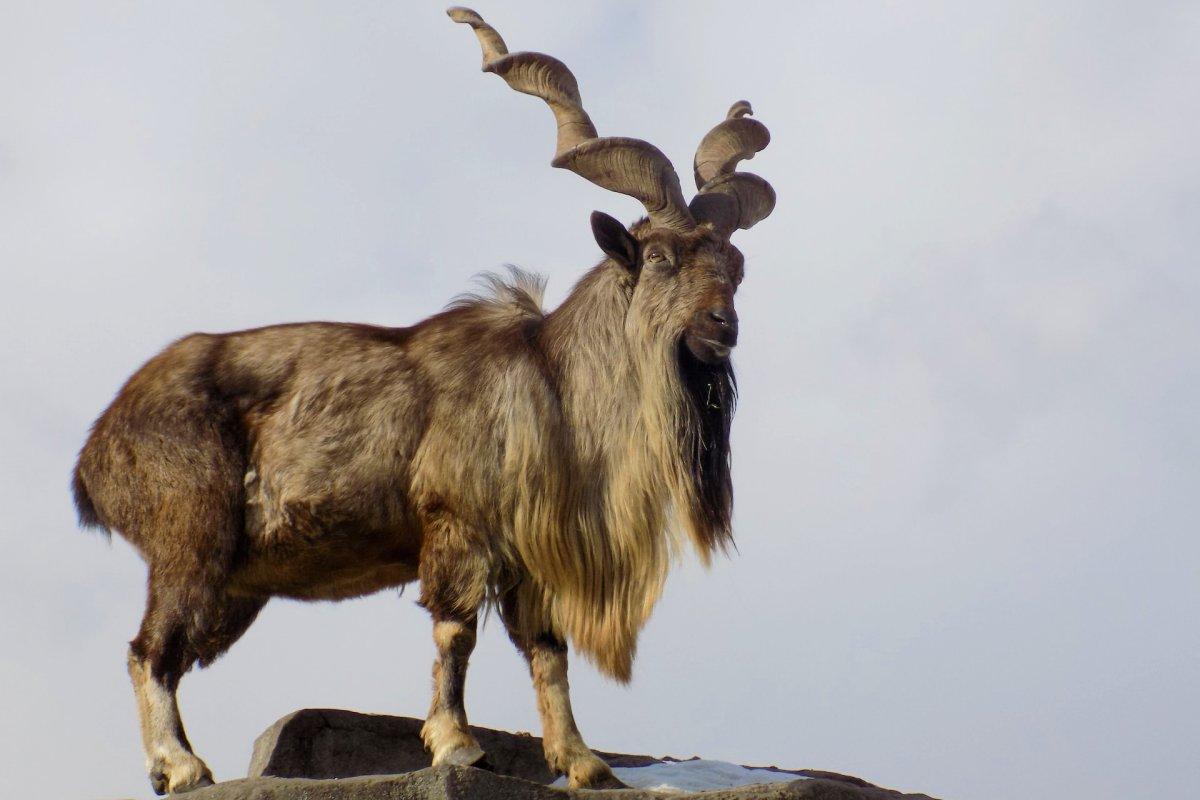
- Name: Markhor
- Scientific name: Capra falconeri
- Conservation status:
The markhor, also known as the screw-horned goat or the screw horn, is a large species of wild goat native to Central Asia, the Himalayas, and the Karakoram. As its other names suggest, it is characterized by its large, curved horns.
In Uzbekistan, the markhor is restricted to the Kugitangtau Range. It is listed as near threatened due to poaching and habitat loss, as well as hunting for its meat.
2. Turkmenian kulan
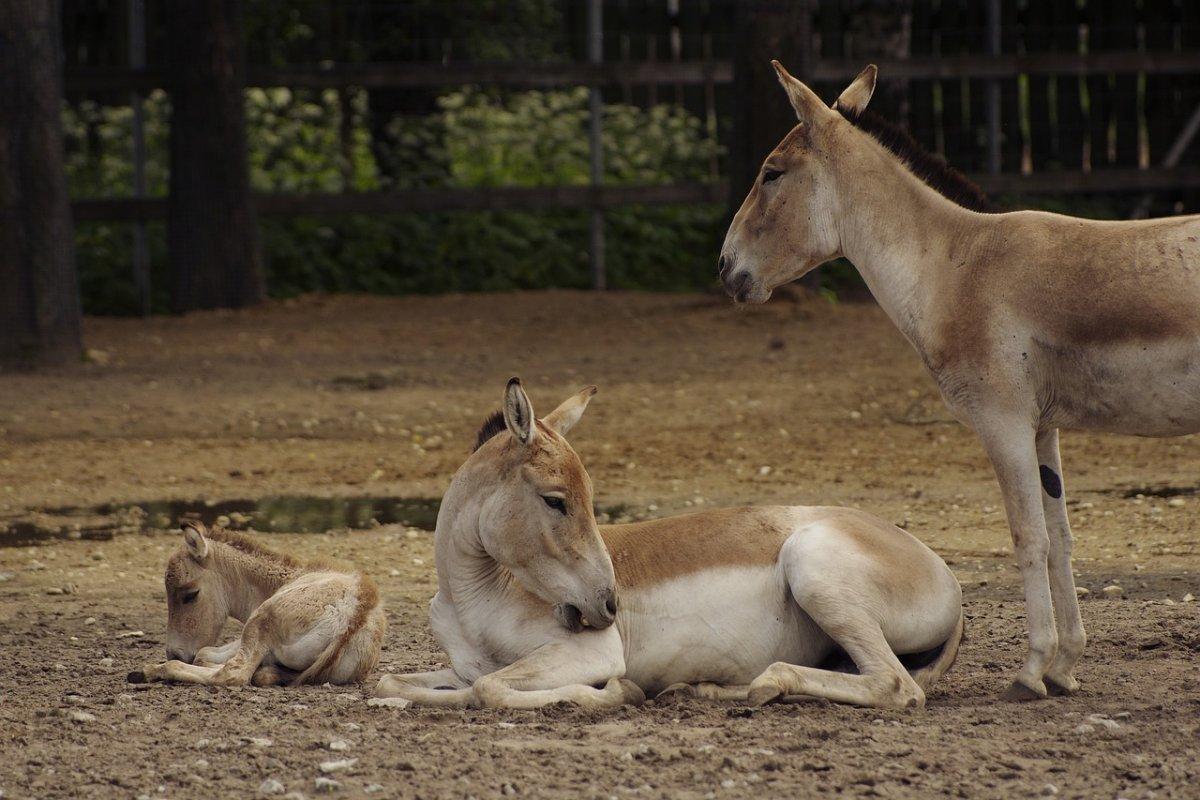
- Name: Turkmenian kulan
- Scientific name: Equus hemionus kulan
- Conservation status:
The Turkmenian kulan, also known as the Turkmenistani onager or the Transcaspian wild ass, is a species of wild ass native to Central Asia. It is considered endangered due to habitat fragmentation, poaching, and hunting.
This mammal was reintroduced to Uzbekistan, from which it previously disappeared. There are very few of these animals left in the country, as only about 34 specimens were reintroduced to it initially.
3. Bactrian deer
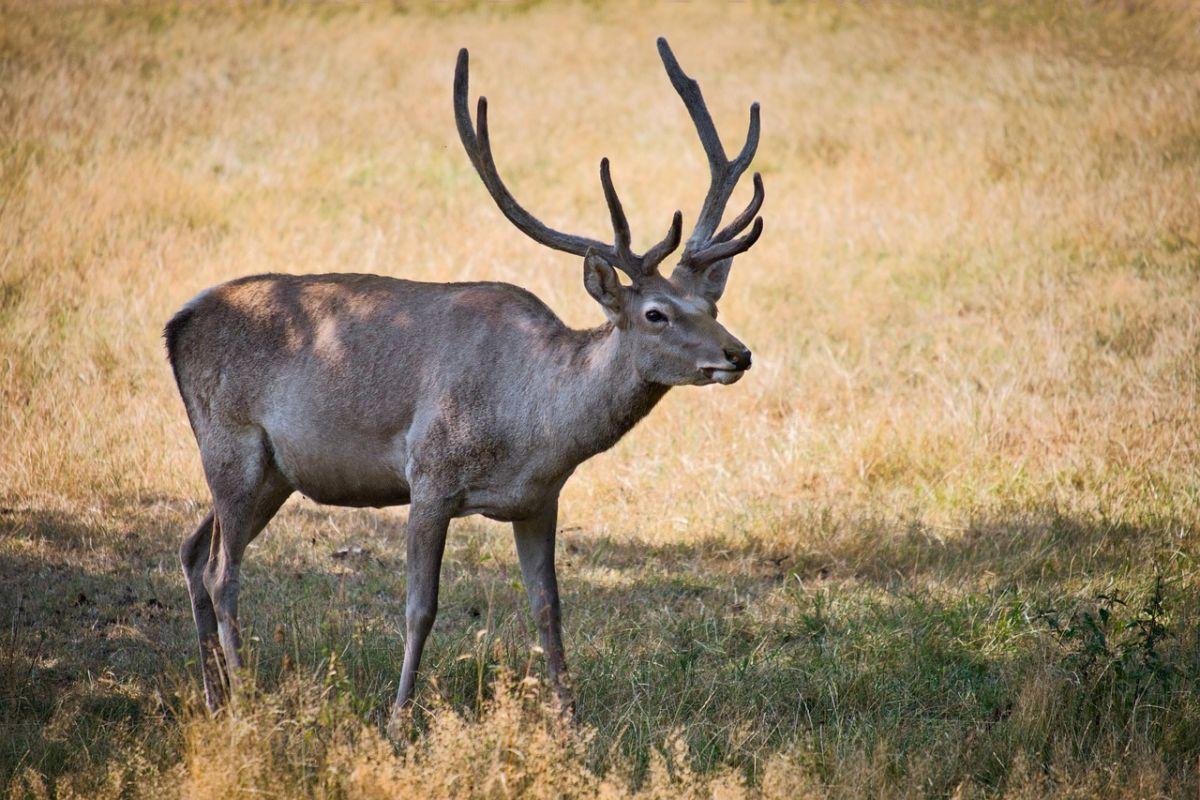
- Name: Bactrian deer
- Scientific name: Cervus hanglu bactrianus
- Conservation status:
The Bactrian deer, also known as the Bactrian wapiti, the Bukhara deer, or the Bokhara deer, is a subspecies of the Central Asian red deer native to Central Asia. It can be found in multiple Central Asian countries, including Uzbekistan and several of its neighbors, such as Turkmenistan and Kazakhstan.
Although its conservation status was not clearly assessed, the Bactrian deer was most likely on the verge of extinction, as fewer than 400 individuals remained in 1999. However, thanks to conservation efforts, its numbers have risen to about 1,430, and more specimens are being released into the wild.
4. Saiga antelope
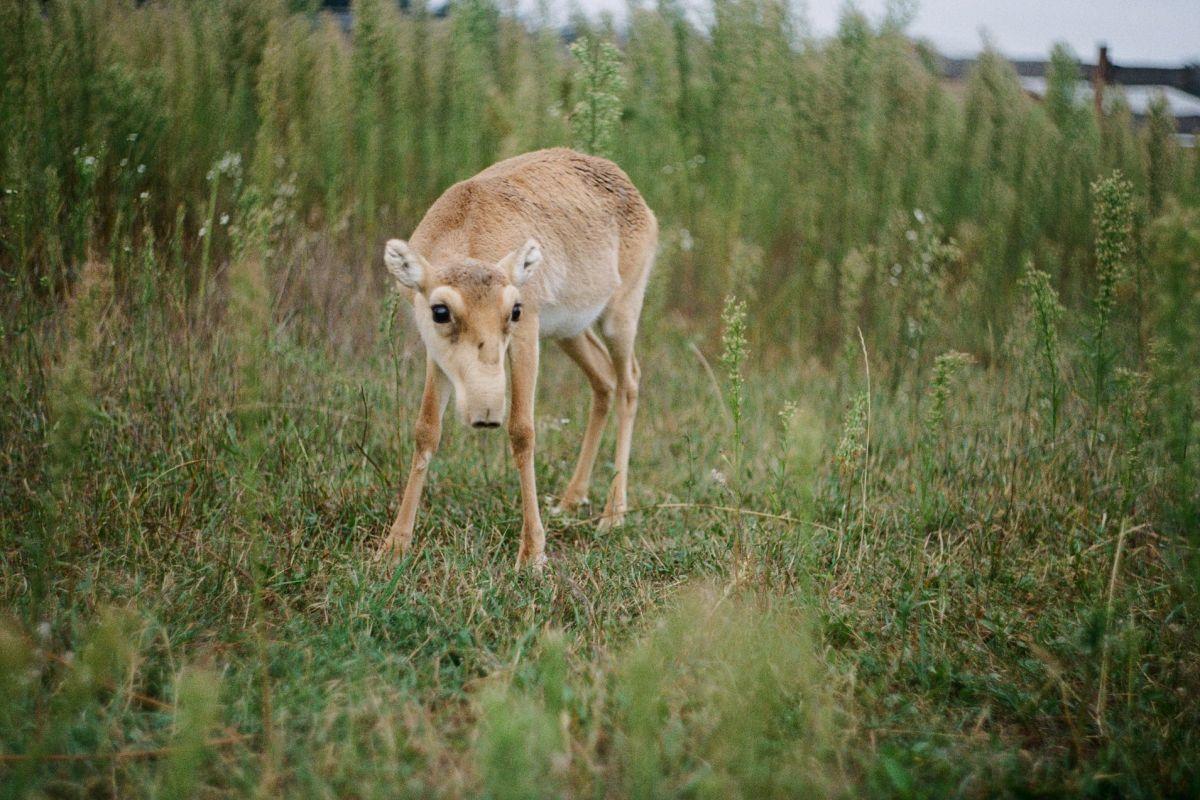
- Name: Saiga antelope
- Scientific name: Saiga tatarica
- Conservation status:
The saiga antelope, also simply known as the saiga, is a species of antelope native to much of the Eurasian steppes. However, over time, its range has shrunk, and it is now about to go extinct, mostly due to overhunting, physical barriers (Kazakhstan built a lot of wire fences at the border with Uzbekistan), and climate change.
This antelope is characterized by its large, bloated nostrils.
5. Pallas’s fish eagle
- Name: Pallas’s fish eagle
- Scientific name: Haliaeetus leucoryphus
- Conservation status:
Pallas’s fish eagle, also known as the band-tailed fish eagle or Pallas’s sea eagle, is a large species of sea eagle native to much of Central Asia, including Uzbekistan, India, Bangladesh, China, and Mongolia. While some individuals migrate, others don’t depending on the area and climatic conditions.
This eagle primarily feeds on large, freshwater fish. However, its diet is much more varied than that of most other fish eagles, and it can also prey on water birds, rodents, and snakes.
6. Cinereous vulture
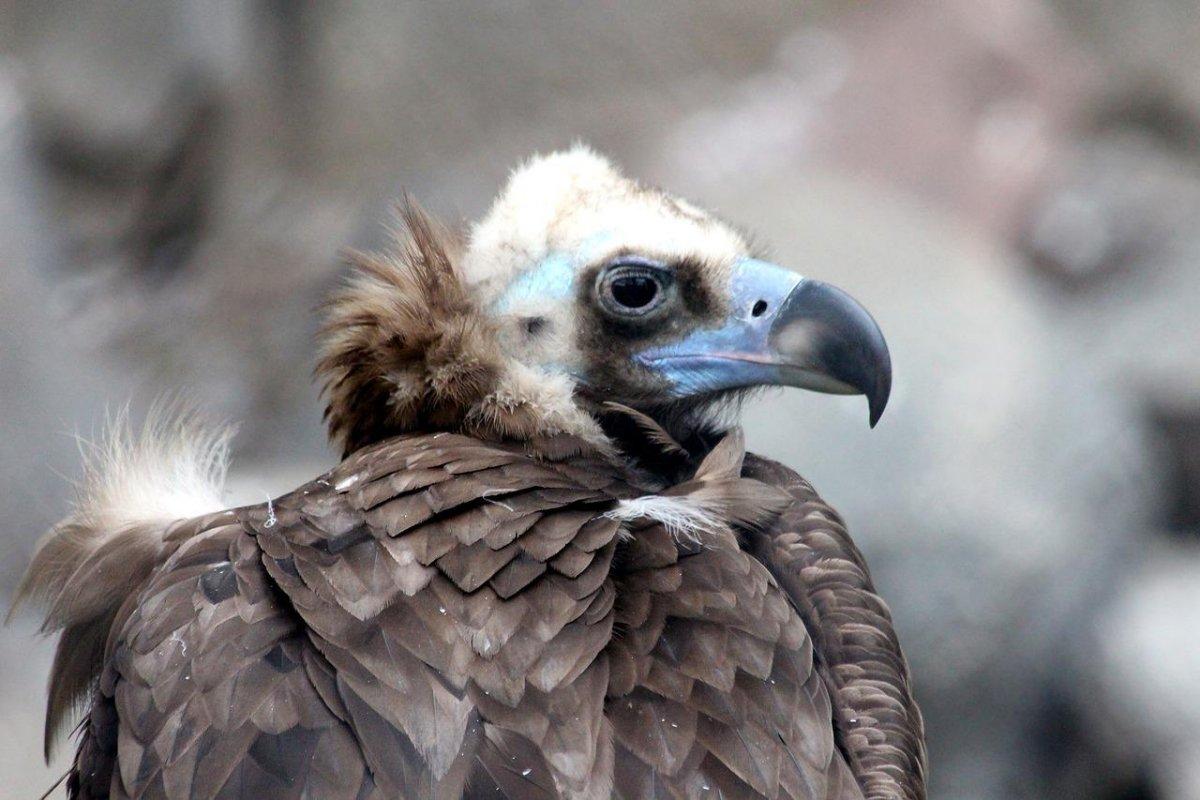
- Name: Cinereous vulture
- Scientific name: Aegypius monachus
- Conservation status:
The cinereous vulture, also known as the monk vulture, the Eurasian black vulture, or the black vulture, is a large species of raptor native to much of Asia, the Arabian Peninsula, and southern Europe. It is one of the largest Old World vultures, reaching incredible wingspans of up to 3.1 m / 10 ft!
While it is mostly solitary, the cinereous vulture sometimes lives in pairs.
7. Eurasian lynx
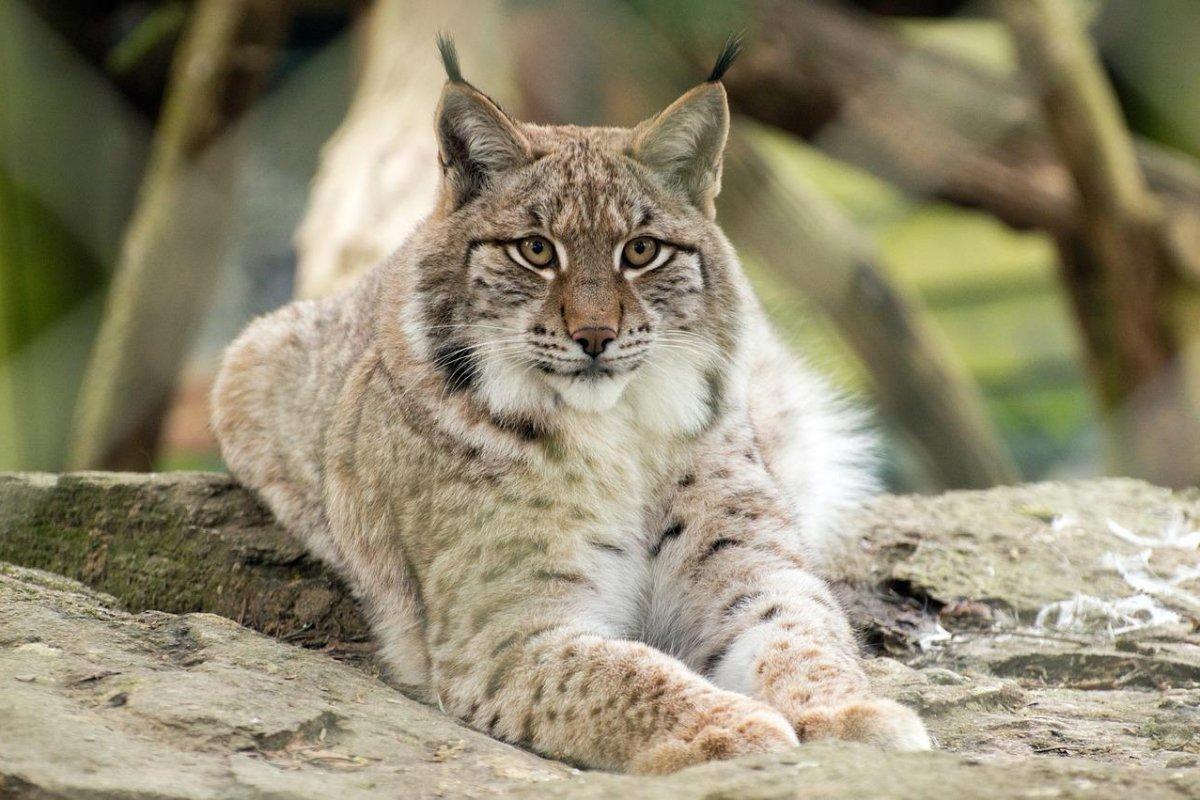
- Name: Eurasian lynx
- Scientific name: Lynx lynx
- Conservation status:
The Eurasian lynx is a medium-sized species of wild cat native to the mountain ranges of Europe and Asia, from Central Europe to the Himalayas and the Russian Far East, at altitudes of up to 5,500 m / 18,000 ft above sea level.
This cat is particularly elusive and shy and is thus very difficult to spot, but it indeed lives in Uzbekistan, as well as neighboring Central Asian countries such as Kyrgyzstan and China.
8. Snow leopard
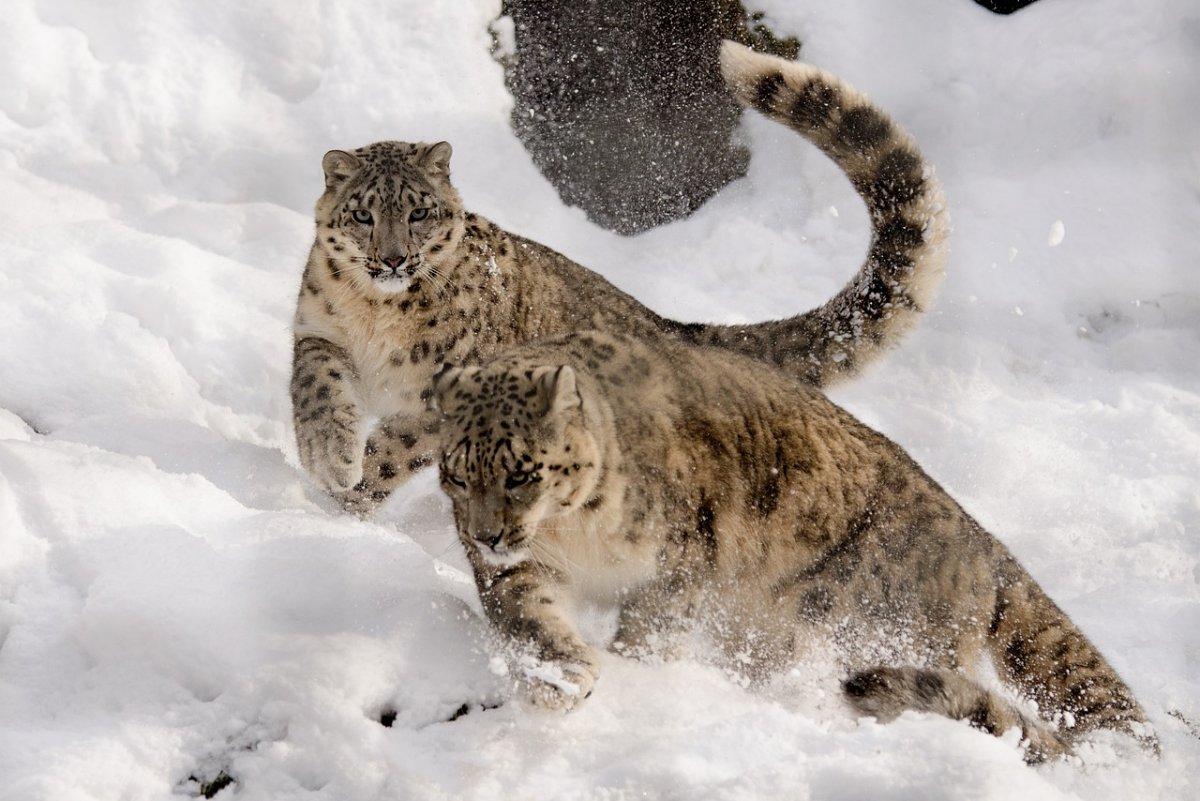
- Name: Snow leopard
- Scientific name: Panthera uncia
- Conservation status:
The snow leopard is arguably one of the most unique and beautiful animals you will find in Uzbekistan, as well as in Asia as a whole. Also known as the ounce, it is seriously threatened by habitat loss and poaching and experiences continuous declines of at least 10 percent per 20 years.
There are somewhere between 30 and 120 snow leopards in Uzbekistan, and they live in Zaamin National Park, Hissar National Reserve, Ugam-Chatkal National Park, and Chatkalskiy State Nature Reserve.
9. Turkestan red pika
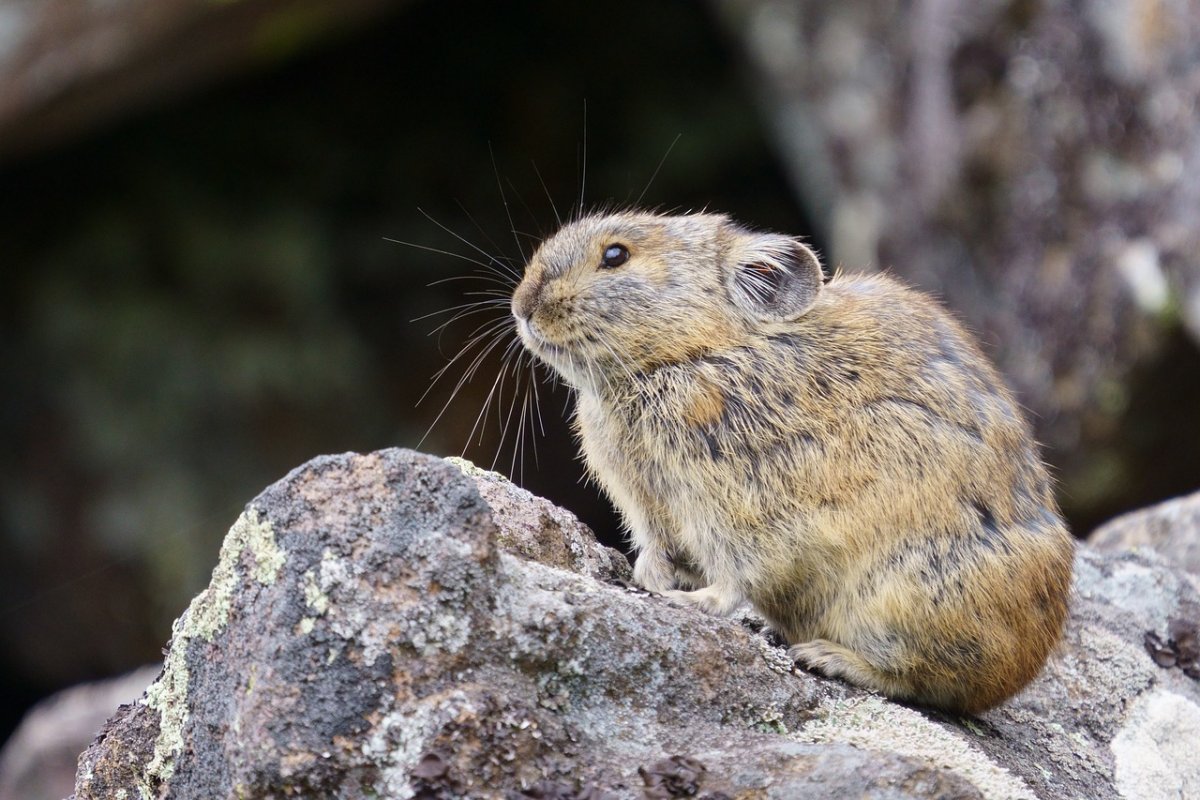
- Name: Turkestan red pika
- Scientific name: Ochotona rutila
- Conservation status:
The Turkestan red pika is a small species of mammal native to Central Asia, namely the mountains of Uzbekistan, China, Tajikistan, Kazakhstan, and Kyrgyzstan. It has bright rufous fur in the summer and pale brown in the winter and is overall considered of least concern, although it is becoming under threat in parts of China.
In Uzbekistan, the Turkestan red pika can mostly be found in the Tien Shan Mountains, in the southeastern part of the country.
10. Eurasian scops owl
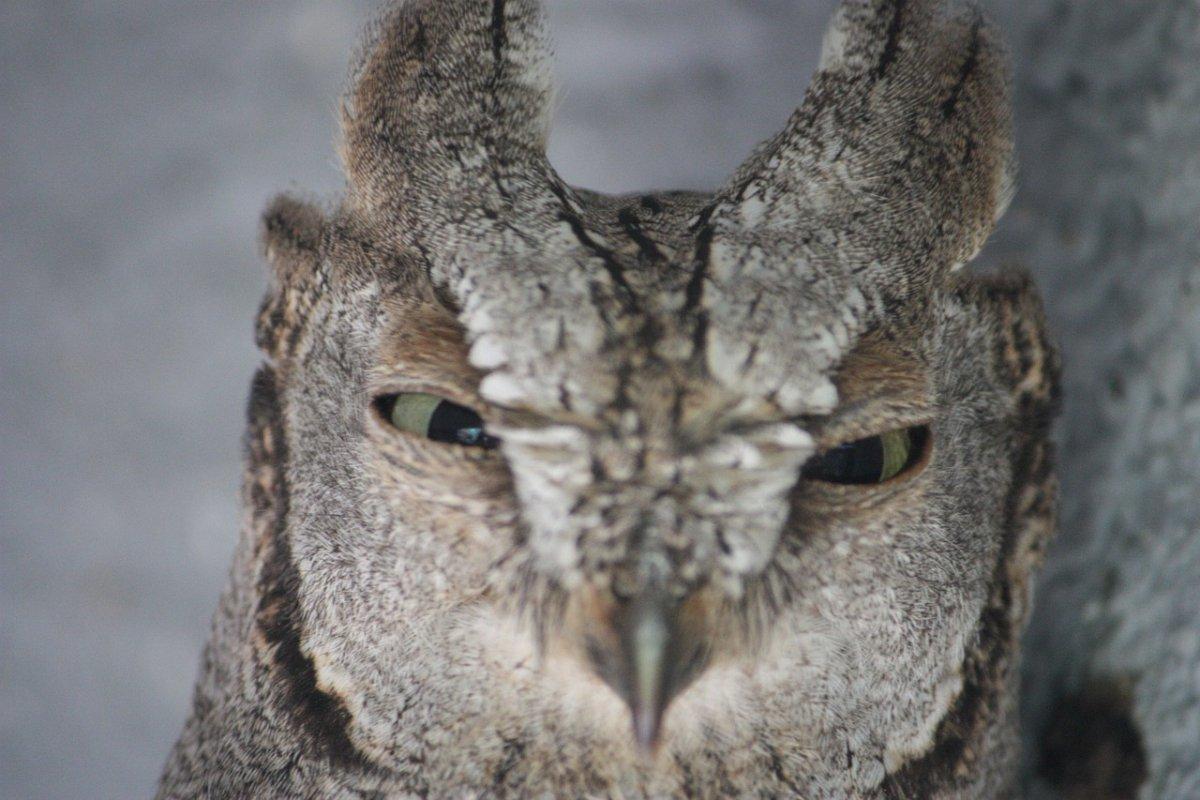
- Name: Eurasian scops owl
- Scientific name: Otus scops
- Conservation status:
The Eurasian scops owl, also known as the European scops owl or simply the scops owl, is a small species of owl native to southern Europe and into western and central Asia in the summer, and northern and sub-Saharan Africa in the winter.
This owl can be found in the parks, gardens, and open woodlands of Uzbekistan, and nests in a wall or in a tree.
11. Tolai hare
- Name: Tolai hare
- Scientific name: Lepus tolai
- Conservation status:
The tolai hare is a species of hare native to Central Asia, as well as eastern China and Mongolia. It inhabits the steppes and rocky and semi-arid habitats of Uzbekistan, and is relatively common, even in areas with high human encroachment.
This hare lives at altitudes between 600 and 900 m / 2,000 and 3,000 ft above sea level, and is nocturnal and herbivorous: it feeds on grasses, roots, and herbaceous plants.
12. Menzbier’s marmot
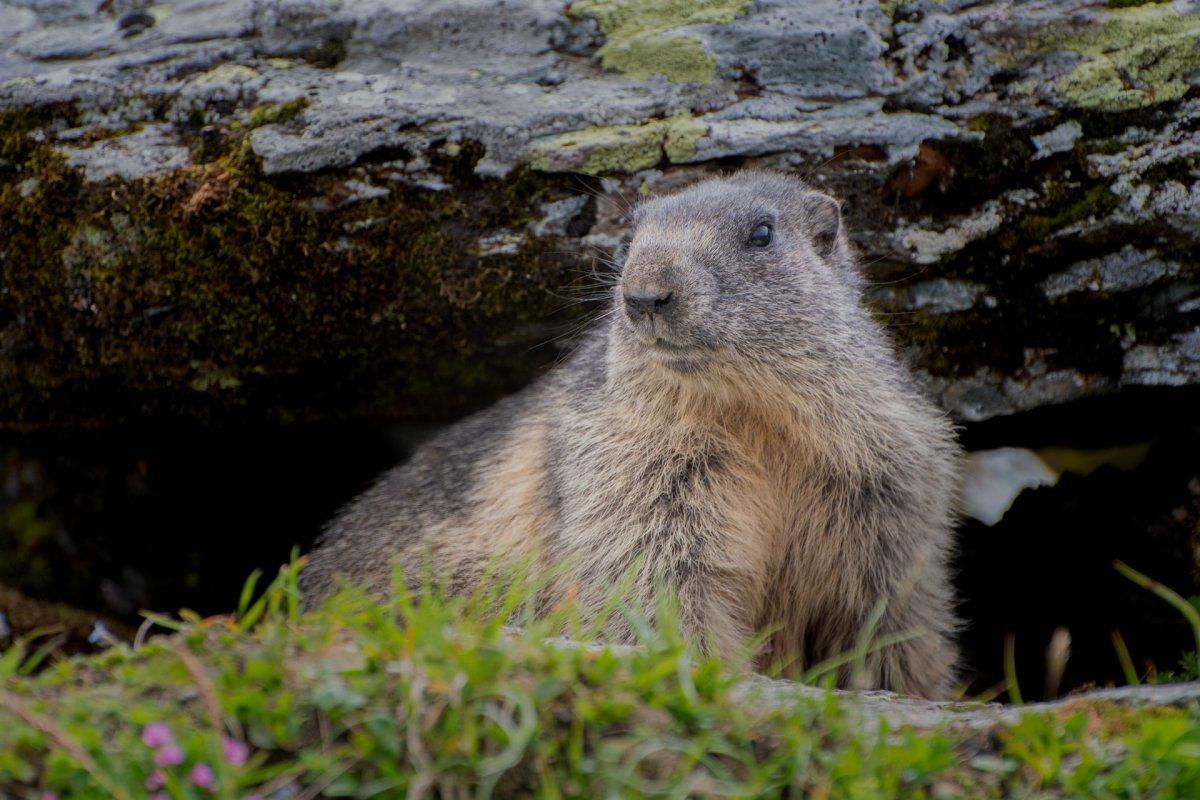
- Name: Menzbier’s marmot
- Scientific name: Marmota menzbieri
- Conservation status:
The Menzbier’s marmot is a species of rodent native to Central Asia. It was named after Russian zoologist Mikhail Menzbier, and it usually lives in steppes and meadows, at elevations of 2,000 to 3,600 m / 6,600 and 11,800 ft above sea level, mostly in the western Tian Shan Mountains.
Because of its small range and low density, the Menzbier’s marmot is considered vulnerable to extinction.
13. Brown bear
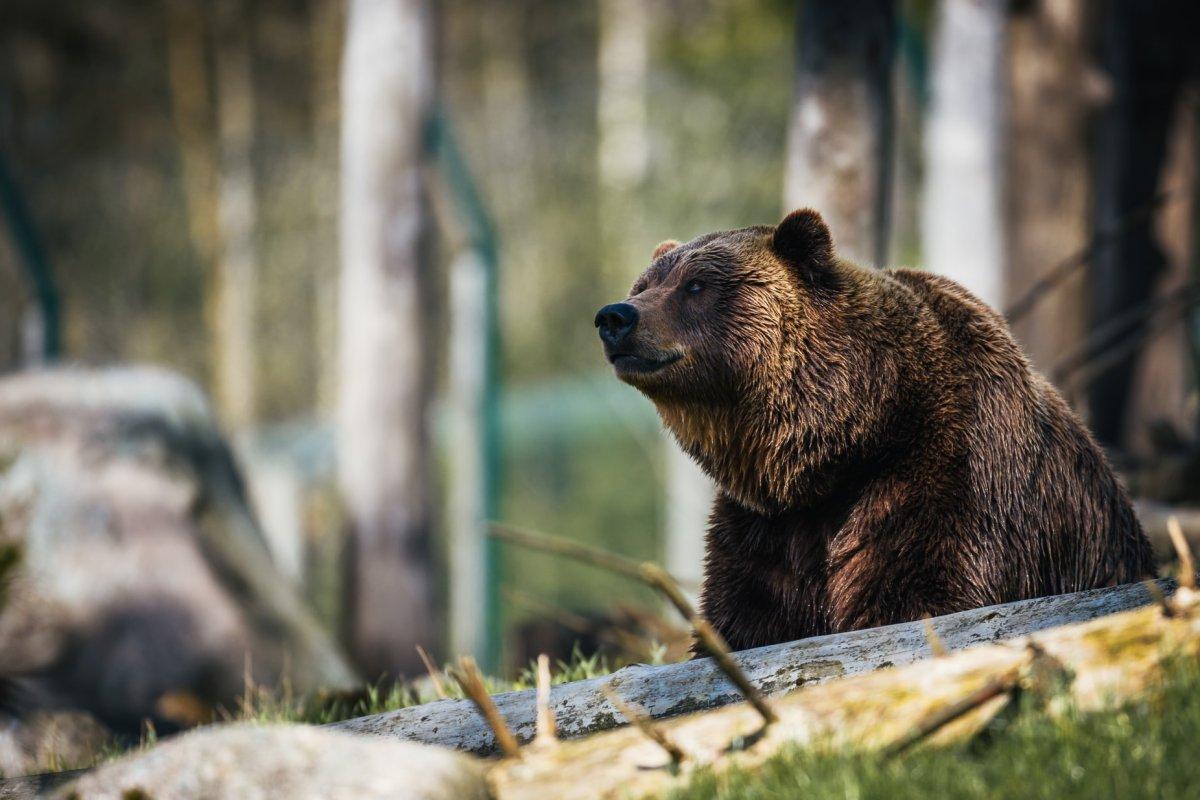
- Name: Brown bear
- Scientific name: Ursus arctos
- Conservation status:
You might think that Uzbekistan is too arid for the brown bear, but it is in fact present throughout almost all of Eurasia, and can adapt to most environments!
The brown bear is one of the largest terrestrial carnivores in the world, and although its range has shrunk over the years, it is still considered of least concern due to its very wide distribution (the majority of the Northern Hemisphere) and large numbers (about 110,000).
—
So there you have them, these were my 13 wild animals in Uzbekistan. I hope you enjoyed this list and that you learned something new today.
In case you want to learn more about animals in the country, feel free to keep reading, as I still have lots of things to tell you about:
Endangered Animals of Uzbekistan
This is definitely the saddest part of the list, but it is very important to raise awareness. Because of this, let’s go through the list of endangered animals in Uzbekistan.
Here are the animals in danger of extinction in Uzbekistan.
- None
- Syr-Darya shovelnose sturgeon
- Amu Darya shovelnose sturgeon
- Siberian crane
- Saiga antelope
- Southern even-fingered gecko
- and 3 more…
- Uzbekistan toadhead agama
- Saker falcon
- Dhole
- Steppe eagle
- Tiger
- and 7 more…
To see the full list of endangered species in Uzbekistan, head over to the International Union for Conservation of Nature’s Red List.
What is the National Animal of Uzbekistan?
The national animal of Uzbekistan is the Turkestan sand cat.
Also known as the Pakistan sand cat or the Arabian sand cat, the Turkestan sand cat is a subspecies of the sand cat native to Central Asia, Pakistan, Iran, and the Arabian Peninsula.
Although it looks like a domestic cat, it is entirely wild. It roams the deserts of the country, is renowned for its strength and high adaptability, and can survive and thrive in a rough, arid environment.
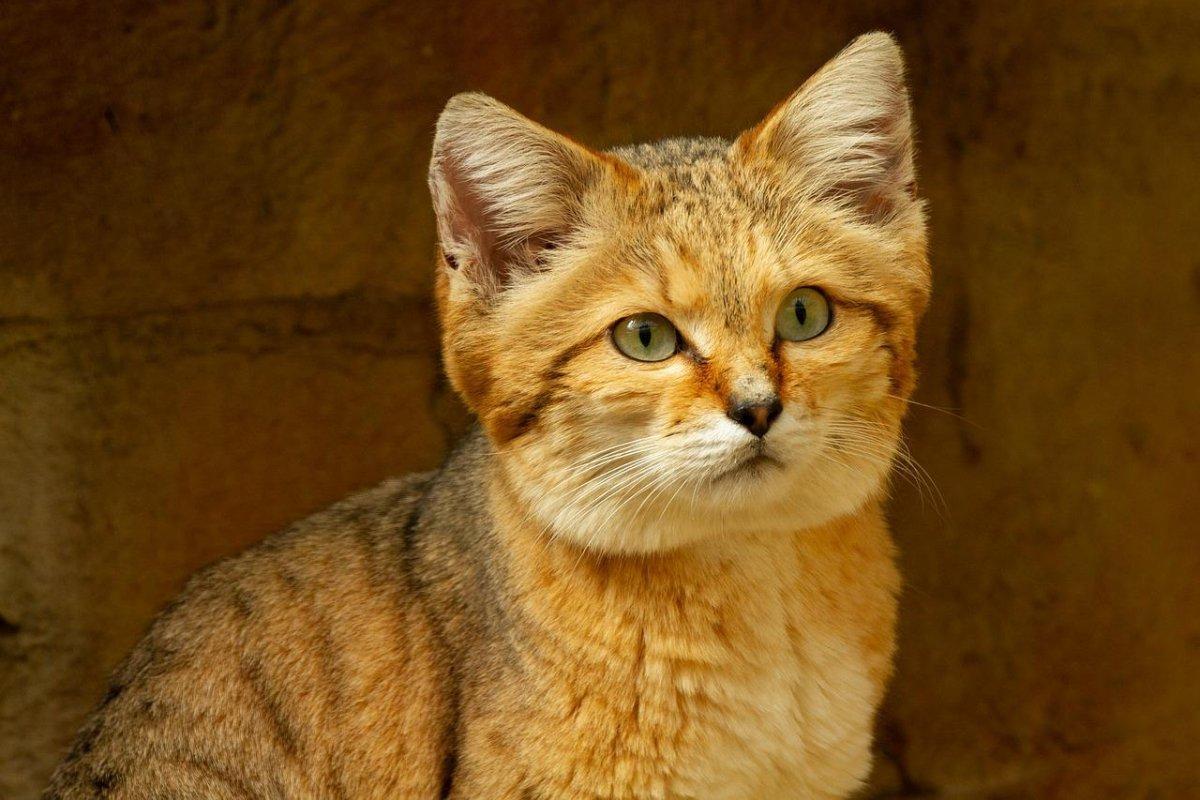
How Many Animals Native to Uzbekistan?
What is the diversity of native animals in Uzbekistan?
Let’s look at the total number of species of Chordata (mammals, birds, fishes, and reptiles).
Total number of animal species in Uzbekistan: 596 (5,029 in total in West and Central Asia)
More About Animals in the World!
Loved these Uzbekistan animal facts? Want to see what animals live in other countries?
Then check out these posts:
Or click here to see ALL the facts up on the blog! Spoiler alert: there’s A LOT of them.
Share the knowledge! Click on the buttons below to share information about these famous animals in Uzbekistan with your friends, and help them learn more about the world 🙂
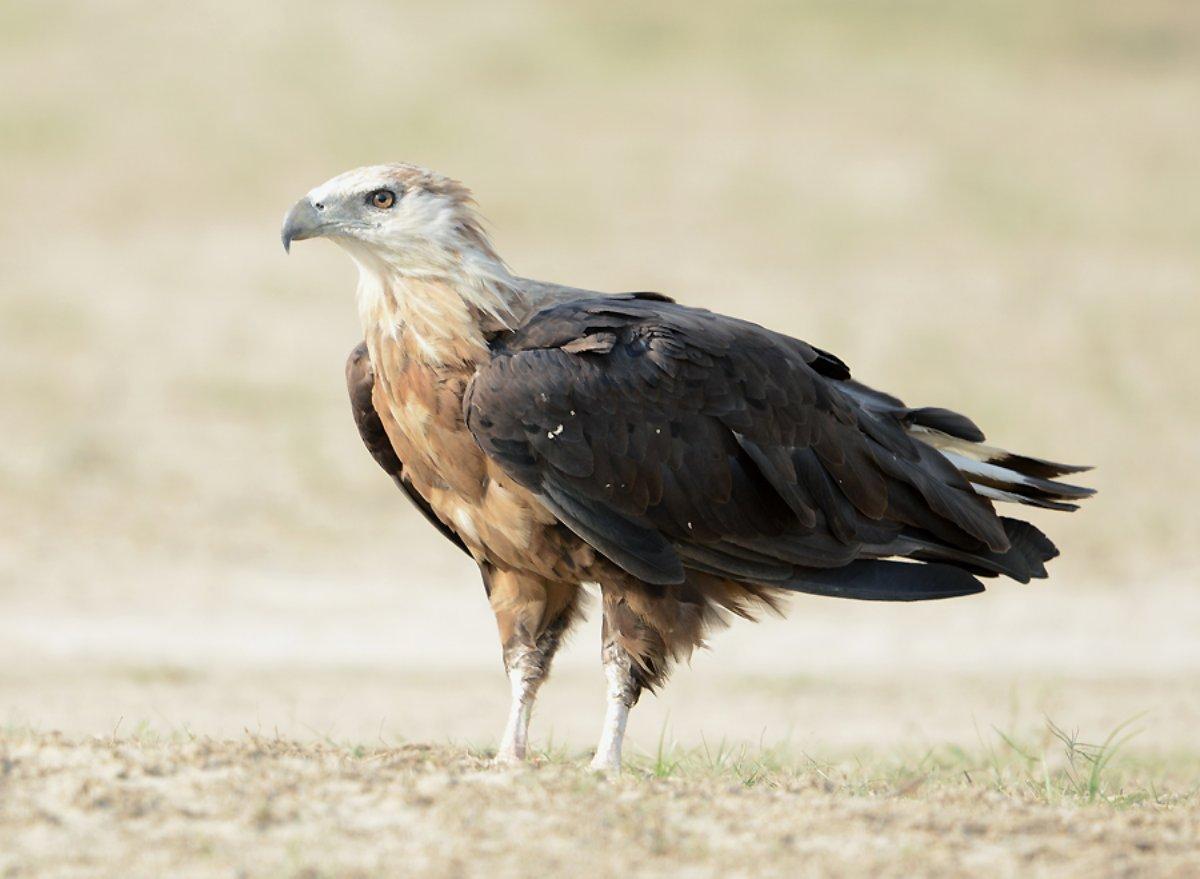
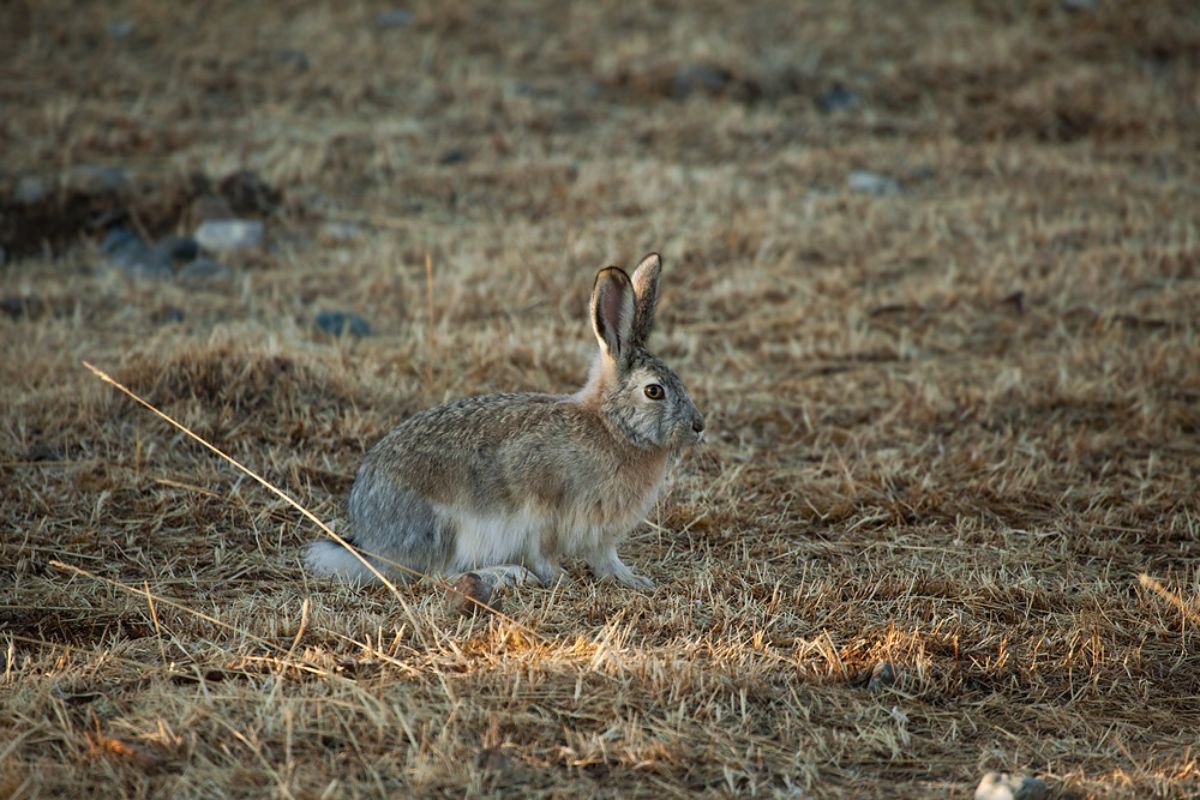

![10 Wild Animals in Lesotho [Wildlife in Lesotho]](https://www.kevmrc.com/wp-content/uploads/2022/12/10-wild-animals-in-lesotho.jpg)
![21 Wild Animals in Norway [Wildlife in Norway]](https://www.kevmrc.com/wp-content/uploads/2022/10/21-wild-animals-in-norway.jpg)
![28 Wild Animals in Egypt [Wildlife in Egypt]](https://www.kevmrc.com/wp-content/uploads/2022/06/28-wild-animals-in-egypt.jpg)